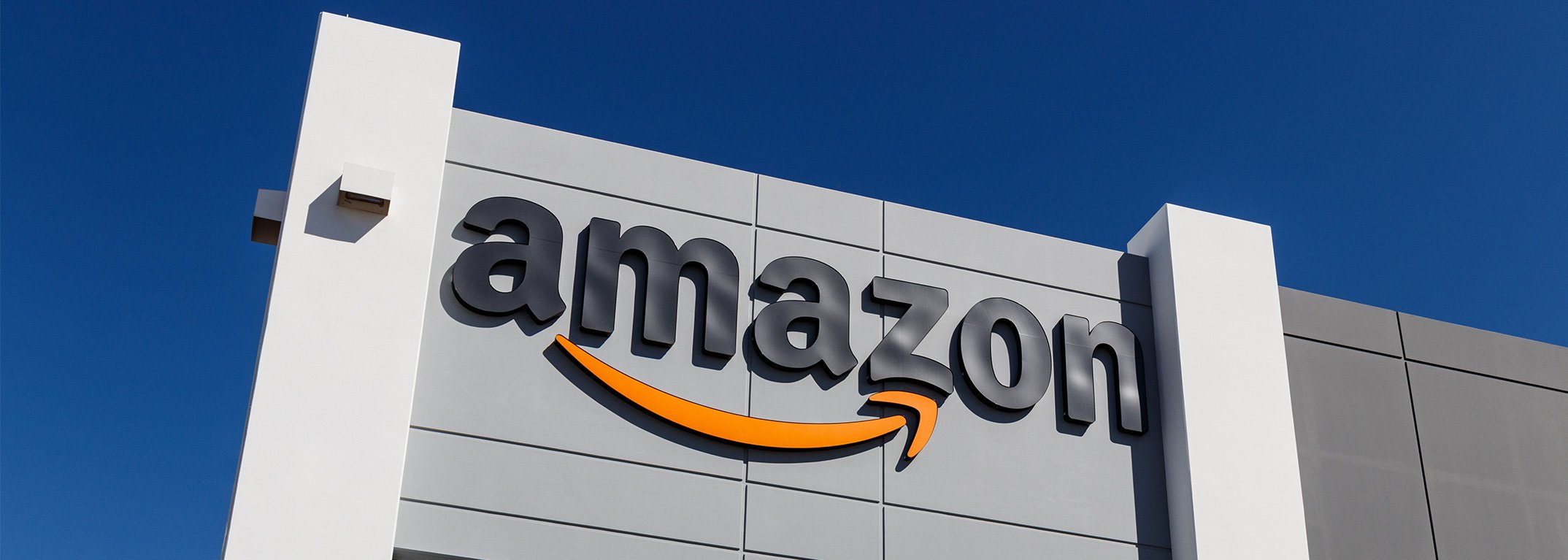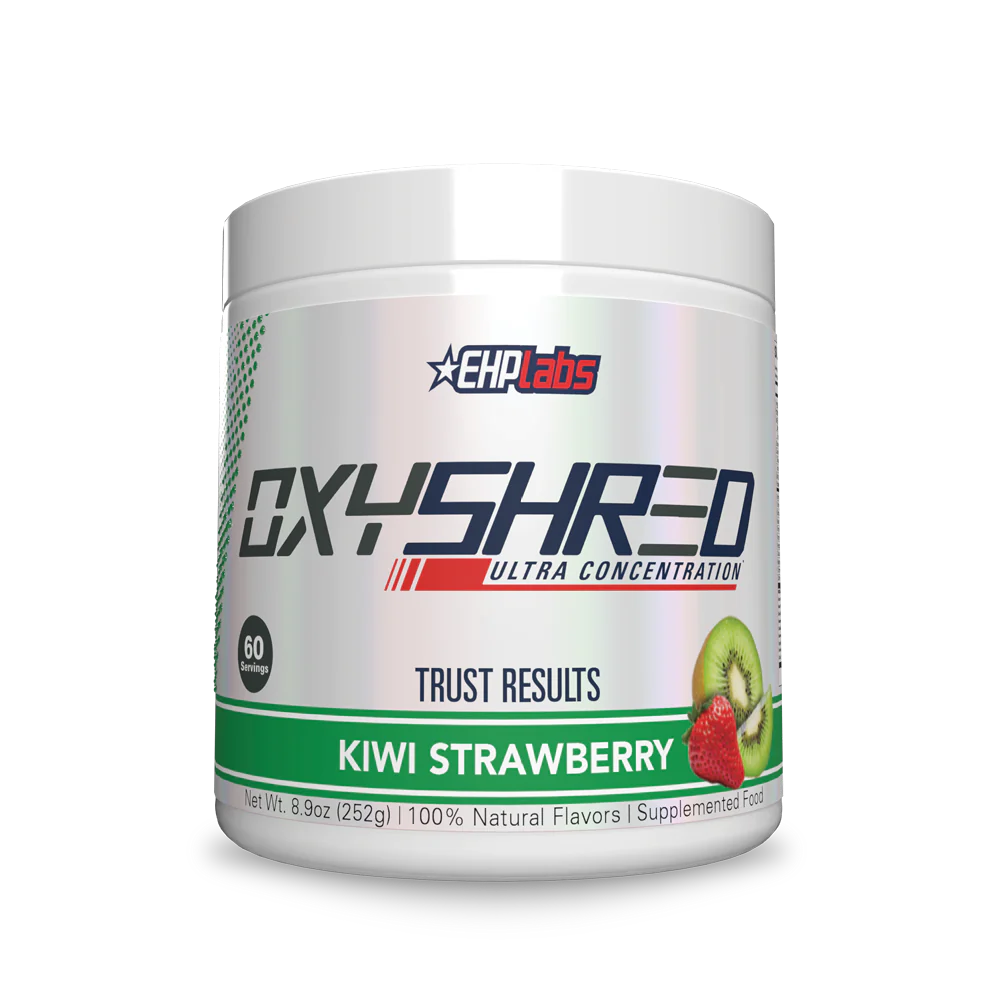Published May 5, 2021
The Challenges and Opportunities Ahead for FBA Aggregators: The New Business Model

Ever since the launch of Amazon Marketplace, third parties have found new ways to monetize off the platform beyond directly selling goods to consumers. Serving third-party sellers with apps for marketing and catalog management, 3PL, and tax services are only a few examples.
There were also businesses who kept transforming within the Amazon ecosystem. For example, etailz grew from an online retailer selling niche products into a top FBA retailer for third-party products. Along their journey, they created their own internal software, launched a marketing agency to help other businesses grow, and now they have transformed into a full SaaS company.
The New Era of the FBA Aggregators
The latest trending business model within the Amazon ecosystem is FBA aggregation. This new model focuses on acquiring small businesses selling on Amazon that have already achieved market fit for their products and have an established network of suppliers and manufacturers.
Some of these acquirers have already raised record amounts of funding from investors. One of the market leaders, Thrasio, a U.S.-based company, has achieved unicorn status by raising a total of $1.6 billion as of date. They have acquired more than 100 Amazon businesses and have a portfolio of more than 15,000 products. Similar companies backed by investors are also emerging outside of the U.S., in Europe, and the Middle East.
What Makes This New Business Model Attractive?
With a boost from the pandemic, U.S. ecommerce sales accounted for 21% of total U.S. retail sales in 2020, with a record growth of 44% YoY. A consumer shift from brick-and-mortar has happened, and many agree that it is here to stay.
The new breed of FBA acquirers plays their cards to become the new generation of multi-national, multi-brand consumer goods companies, such as Procter & Gamble or Unilever. For many traditional multi-brand consumer products companies, a digital strategy was not a priority before the pandemic. While traditional companies have excelled at B2B sales and working with distributors, there are still plenty trying to figure out their marketing and operational strategies to win at online DTC (Direct-to-Consumer) sales. The pandemic and associated supply chain disruptions made it clear they are not on the winning side and need to re-invent themselves with a digital transformation to stay in the game.
On the other hand, the new aggregators have access to a $300+ billion growing market on Amazon. They have proven products while understanding the online business model, how to comply with the strict Amazon policies, how to win the buy box, and how to improve product ranking. They excel at DTC marketing and supply chain management. Plus, they have already figured out how to leverage data and analytics to pick the right growth strategy for each product. Unlike their small-sized acquisitions, they also have all the resources at hand to scale and further grow sales. For example, Thrasio-owned consumer brands have nearly tripled their profitability in the first year under the company’s operations.
For both aggregators and investors, this model bets on leveraging proven digital capabilities to grow with the growing Amazon sales channel and market.
5 Reasons Why Amazon and Not Any Other Marketplace
Here are some further thoughts on why these acquisitions are mainly focusing on Amazon and not on any other ecommerce marketplace.
- Amazon is the leader in ecommerce sales.
In 2020, Amazon had the #1 ranking in U.S. ecommerce with $309.5 billion in sales. That is six times more than its closest rival, Walmart. - Third-party sales on Amazon are consistently growing.
Since third-party sales started on Amazon, they have accounted for 58% of Amazon sales and are growing at 52% a year. - Buyer journey starts on Amazon.
When making a purchase, 53% of U.S. adults start their product search on Amazon. This trend continues across other countries that have a strong Amazon presence. - Fulfillment by Amazon (FBA) helps build a scalable business.
Outsourcing fulfillment to Amazon not only helps boost sales by providing free shipping to Prime customers, but also offloads a heavy operational load from the seller and helps deliver a consistent customer experience through timely and accurate shipping. - Formula for success is repeatable.
Once a business has figured out how to grow a brand on Amazon, understands the marketplace dynamics, and how to operate in compliance with the policies, these learnings can be applied into growing the next brand.




